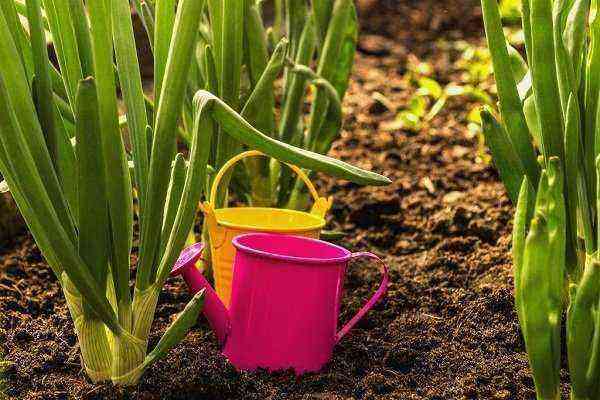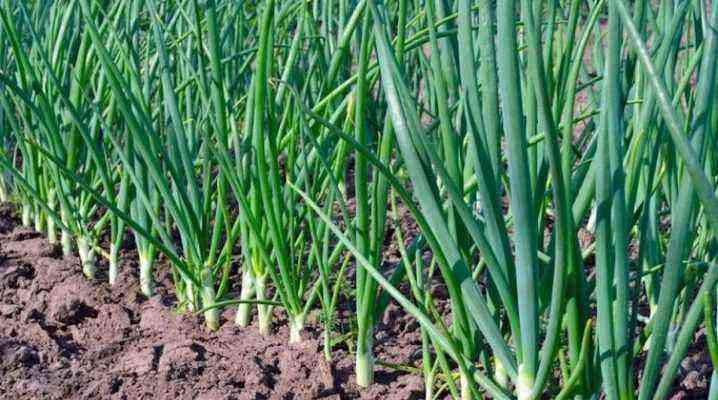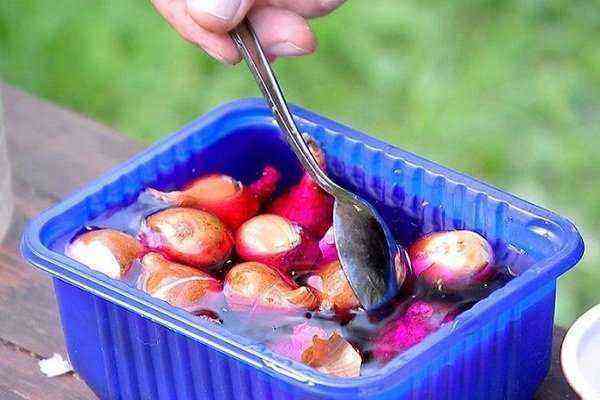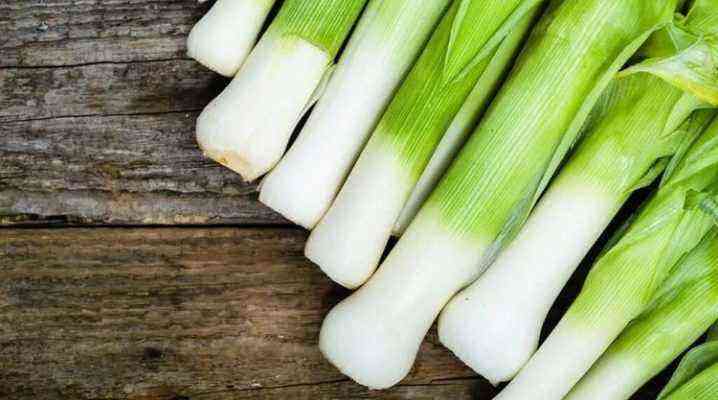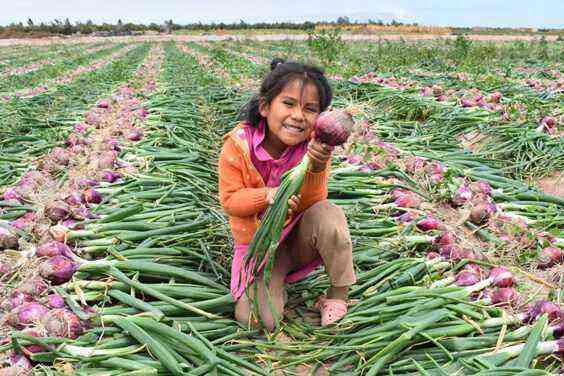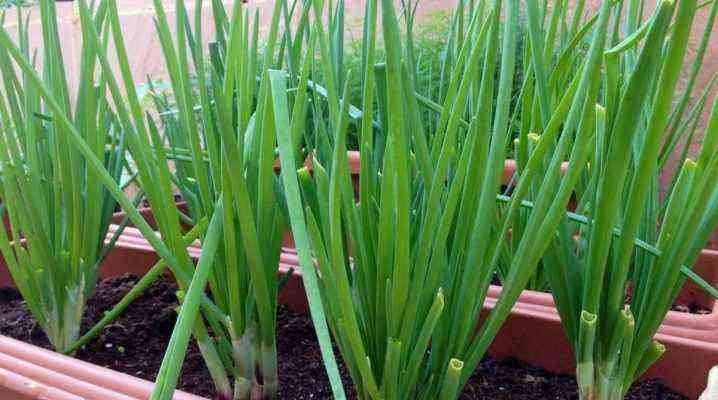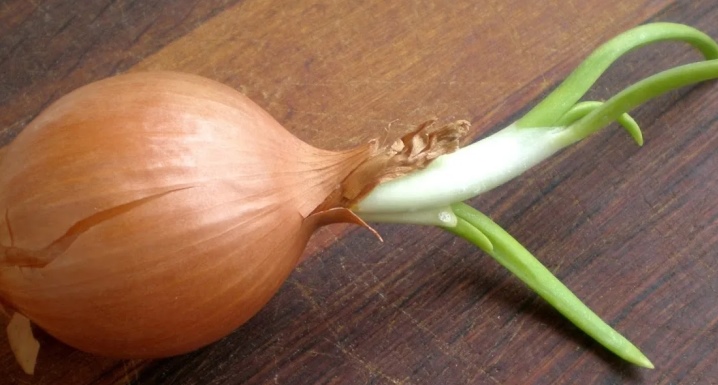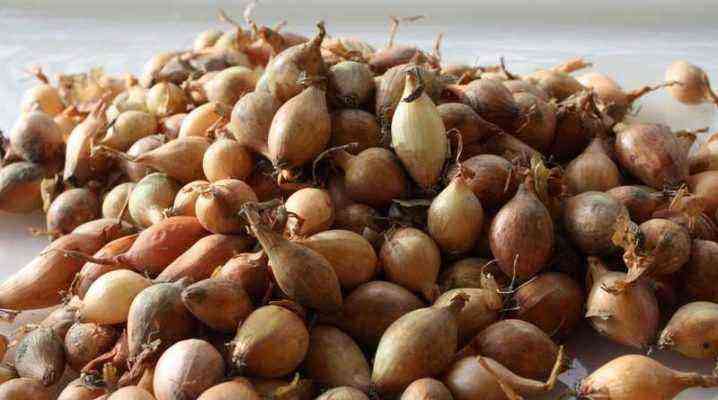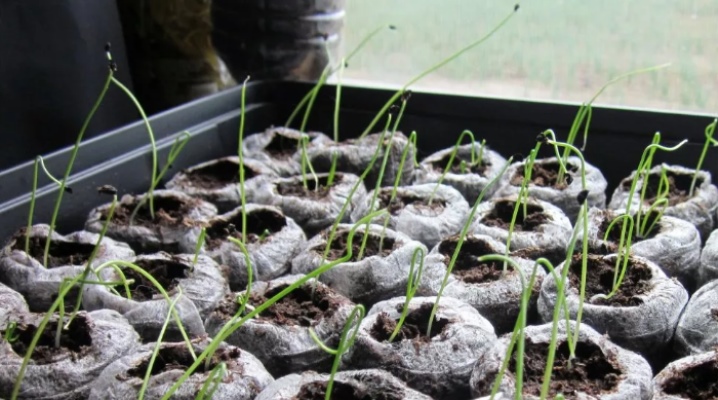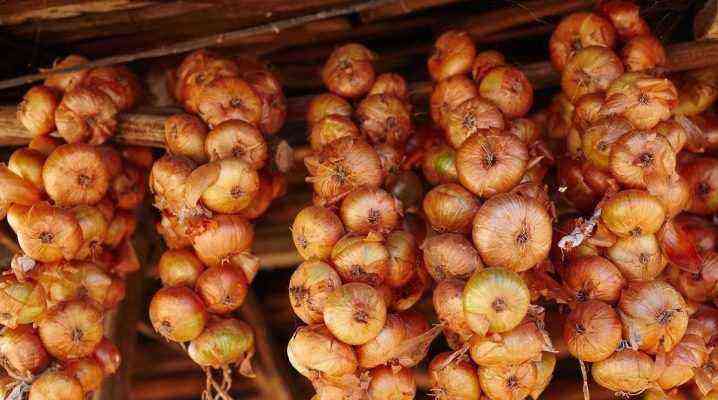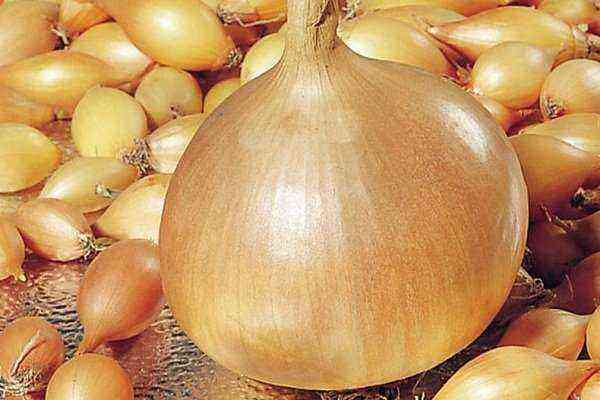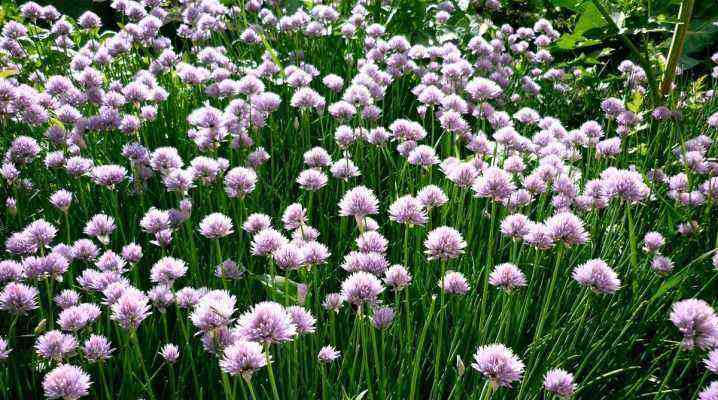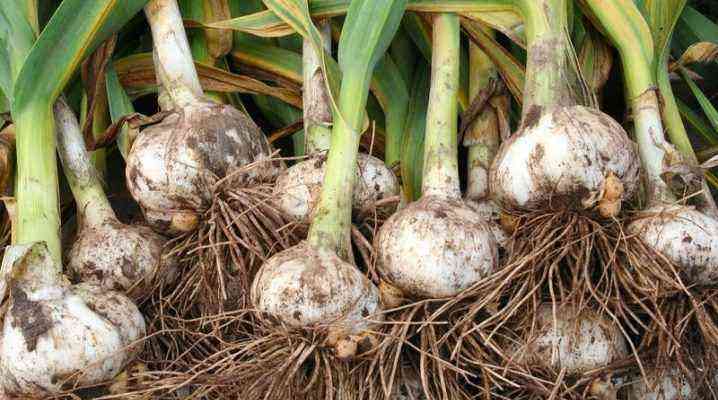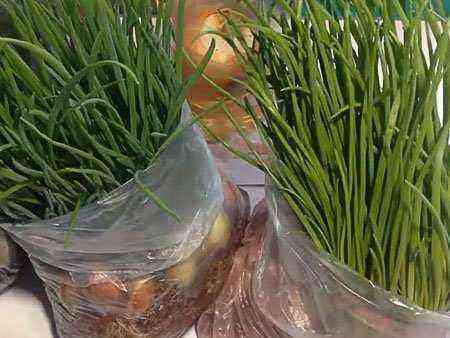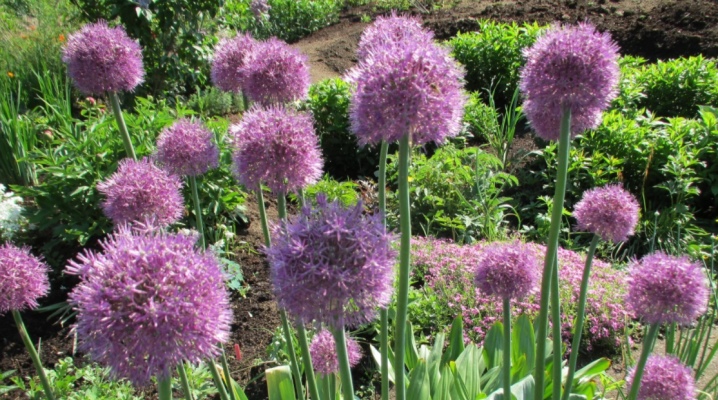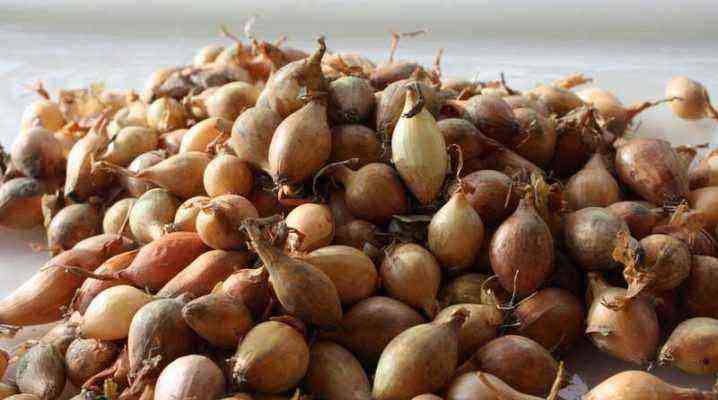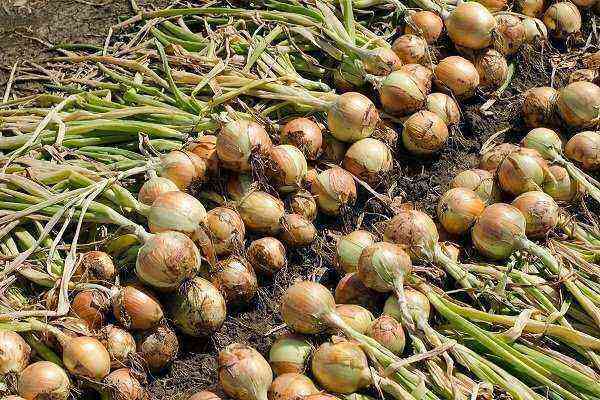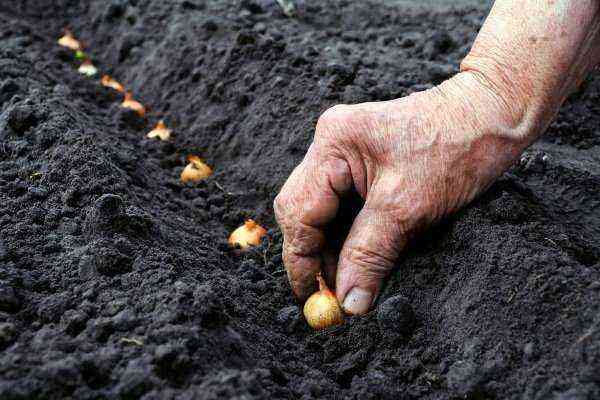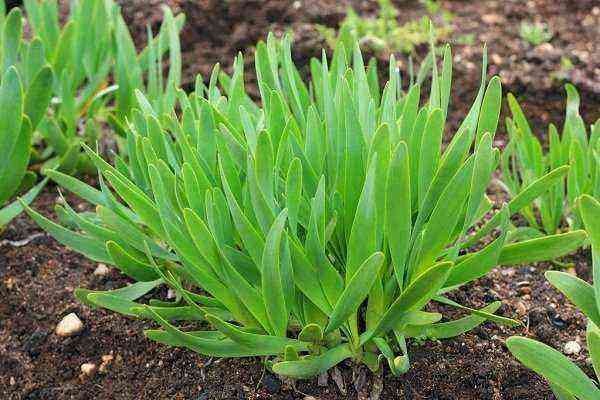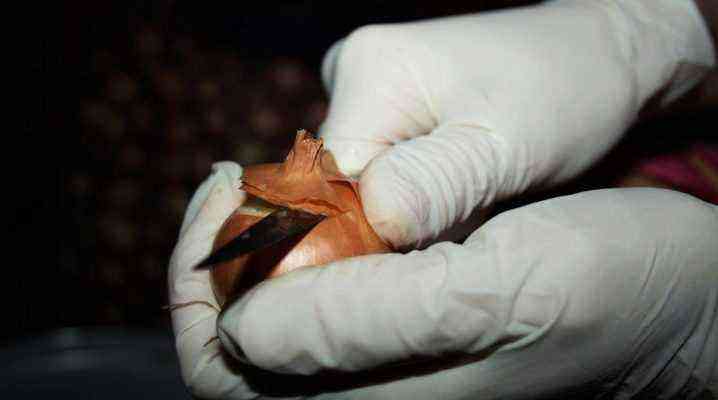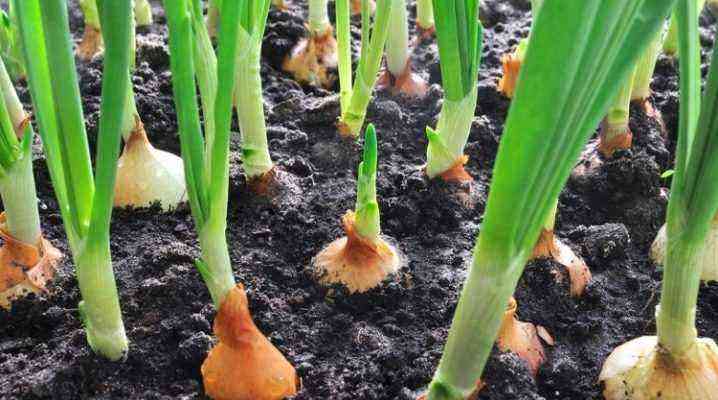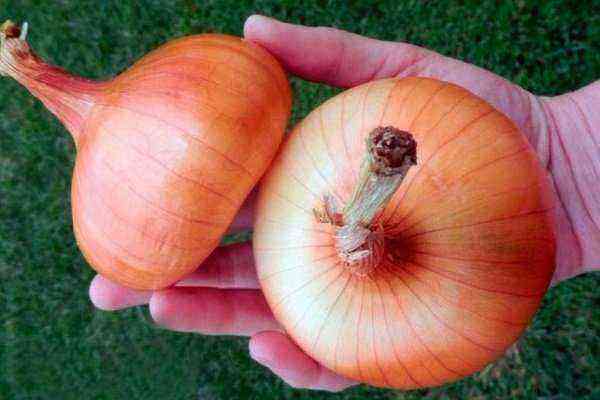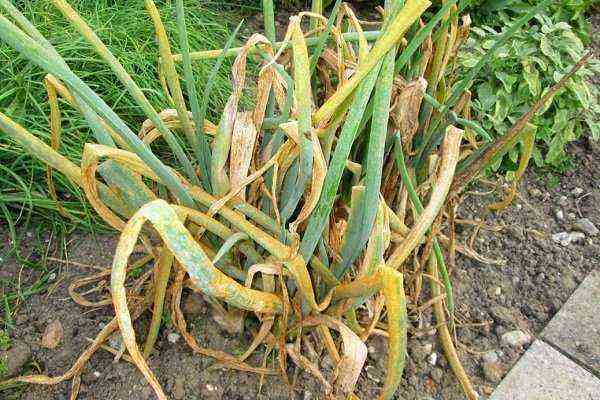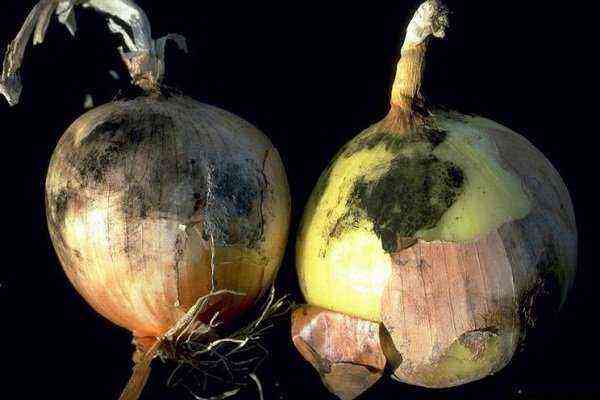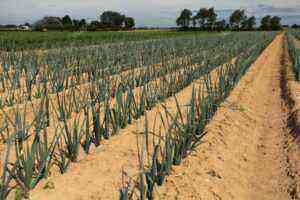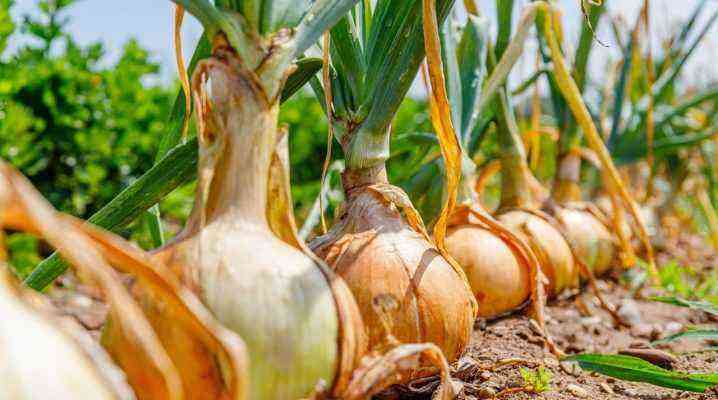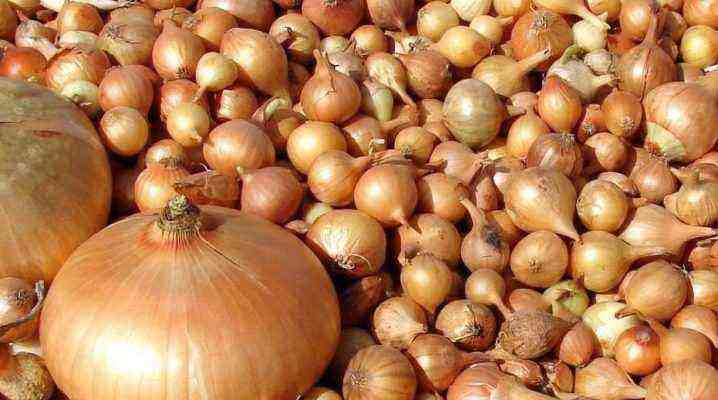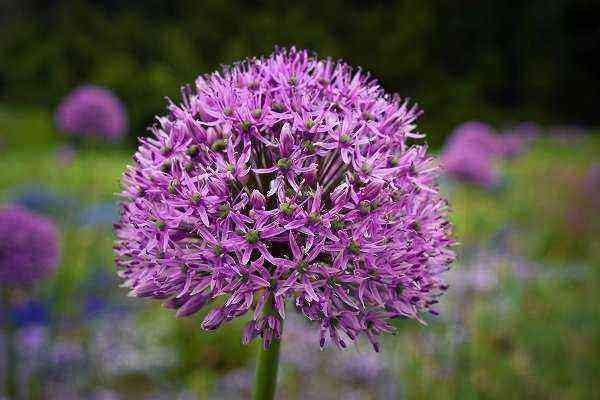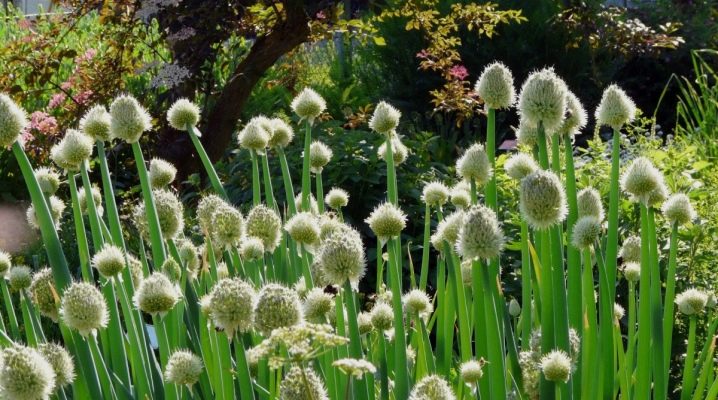
Batun onion, or piped onion, is planted to obtain green mass. This culture can also be found in the wild, but it is always more convenient when a storehouse of vitamins is at hand. It contains more useful substances than an ordinary onion, but the lower part is practically not formed.
Value in high content of sugars, essential oils, ascorbic acid. By the way, ascorbic acid in a batun is twice as much as in an ordinary bow. The feather appears almost as soon as the snow melts. In the article we will talk about the methods of planting batun onions, how to care for them so that the plantations give a good harvest.
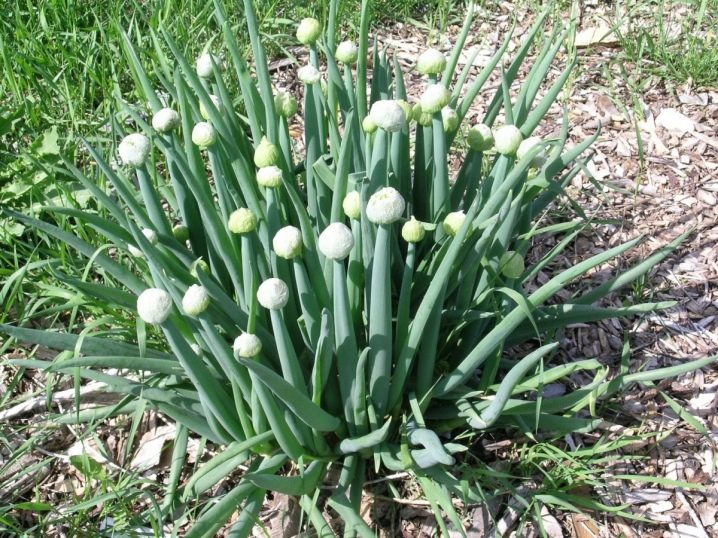
Deadlines
Batun onion is considered a universal crop in terms of sowing. Naturally, the winter period is an exception, and the rest of the time you can plant. Of course, in the summer it is worth avoiding extreme heat: if you do not provide the seeds with proper watering in the heat, they will simply steam up under the cover of the ground and will not sprout.
The optimal time is any month of autumn or spring. In the spring-autumn period, the earth is quite well moistened, and the seeds germinate quickly. In winter, you can sow seeds for seedlings in a greenhouse in order to get fresh greens as quickly as possible, this is best done in early January.
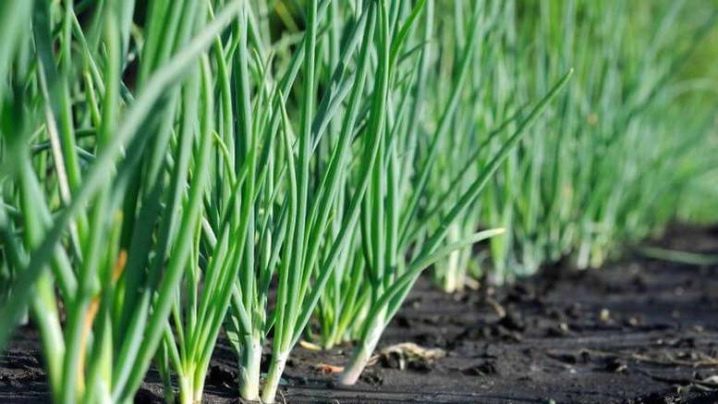
Ways of planting
This perennial plant is grown in several ways: you can sow seeds immediately in open ground, they are also propagated by dividing the bush and seedlings. In the latter case, the scheme is as follows: seeds are sown in a greenhouse at the beginning of the second month of winter, then they are transplanted in the earliest period of spring, when the snow has just melted.
In this case, you will get early greens. You can sow the seeds before winter (they will withstand temperatures as low as -30 degrees), and then the feather will also grow early. But if you forgot to do this, or there was no time, then use the seedling method of propagating this type of onion.
In general, having planted an onion on the site, you can not worry for at least 5-6 years – this is a perennial plant, and it will grow from year to year: the greenery will break through immediately after the snow melts. Young feathers are ready to withstand even frosts, down to -8 degrees.
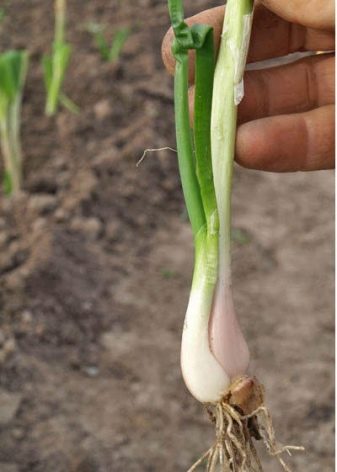

Let’s take a closer look at landing methods.
Seeds
It must be said right away that planting seeds in open ground will allow you to collect green mass in full only after a few years. The “chernushka” of a batun can be germinated, but this process is quite lengthy – the onion seed germinates for a long time. Yes, and you only win a week, that is, the sprouts will break through only 7 days earlier than when planting them immediately in the ground.
Experienced gardeners soak “chernushka” for 30 minutes in a warm manganese solution of a light pink hue. Thanks to this procedure, the seeds swell a little and are disinfected. Then they are sown in the ground and watered as needed. But if there is time, then act according to all the rules.
First of all, soak the seed in a manganese solution for 30-40 minutes.
Then rinse them with distilled water.
Fold the gauze in several layers, and wrap the seeds.
Gauze is placed in a container with barely warm water (no more than +30 degrees) for 24 hours. In this case, every 8 hours the water must be changed.
After the specified time, the gauze must be pulled out and squeezed well, the seeds removed and dried.
The seed of the onion-batun should be crumbly again – in this form it is sown in the ground, watered, and after 6-7 days the first shoots are obtained.
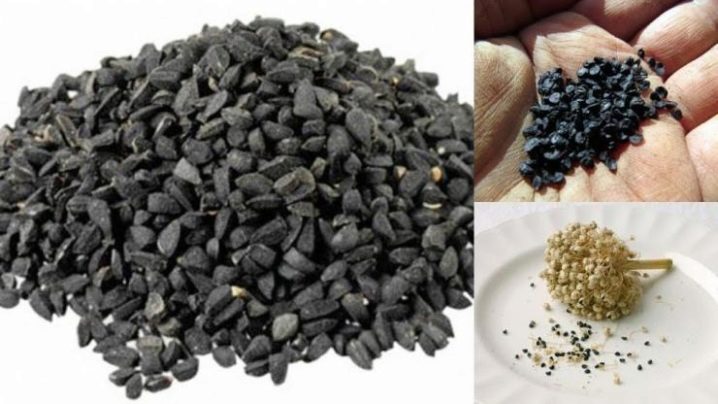
Seedlings
“Nigerushka” for seedlings is sown in early January in a greenhouse complex, and in the middle of summer they are harvested. But in this case, the batun is removed completely with the bulb, the seedling method does not allow growing the onion as a perennial plant.
Seeds for seedlings are sown in soil, consisting of half from ordinary soil, 30% humus or compost base, and 10% each of sand and rotted sawdust (or agroperlite). Additionally, fertilizers are not added for the reason that all the necessary nutrients are in the humus (or compost).
And the reserves in the seed itself are enough for good seedlings. Seed material must undergo the same treatment as described above. Grow seedlings either in cups, pots, or in long tubs. The container at the bottom should have holes for draining excess liquid when watering.
The “chernushka” of the batun is sown no deeper than 3 cm. Seedlings feel good at a temperature of 6-12 degrees Celsius. In such conditions, in April it is already possible to plant it in an open area, leaving 10-12 cm between the bushes, and up to half a meter between rows.
Do not worry if, after some time after transplanting the seedlings, they all died – this is a normal reaction to the change of “habitat”, after 2-3 days the bushes will take root, adapt and straighten up.
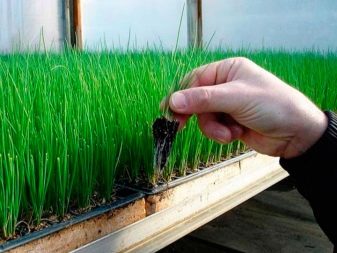

Care
It is not difficult to grow and care for piped onions: agricultural technology is the same as for ordinary onions. There are nuances, of course, but they are not so significant. Consider each agricultural technique separately.
Watering
In order for the onion batun to grow further well in the garden after transplanting seedlings from the greenhouse, watering is done only when necessary. If we are talking about growing in open ground, then a measure is also needed here: it is enough to water the crop so that the earth is moistened within 20 cm in depth.
In normal weather, 2 waterings per week will meet the plant’s moisture needs, but if the weather is dry, you will most likely have to water every other day. It is better to do this in the morning or in the evening. Just do not allow waterlogging of the soil.
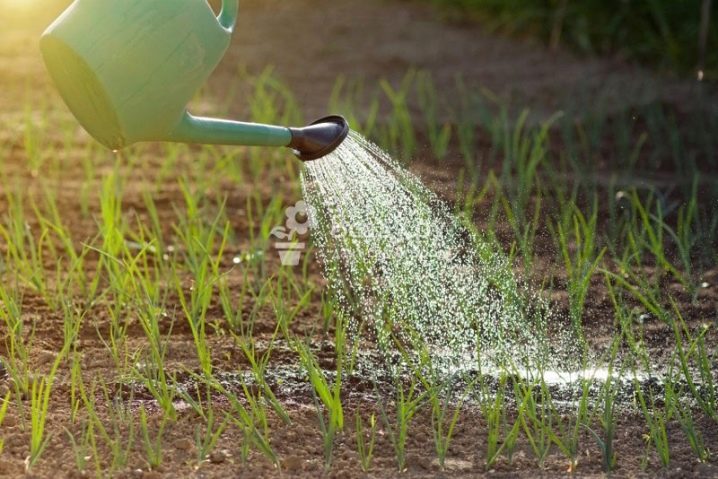
Loosening
You will have to loosen the earth constantly after each watering or rain in order to prevent the formation of an earthen crust. This is important for aerating the soil and preventing the formation of fungus. The procedure must be performed carefully, especially when the onion has just come out in the form of needles.
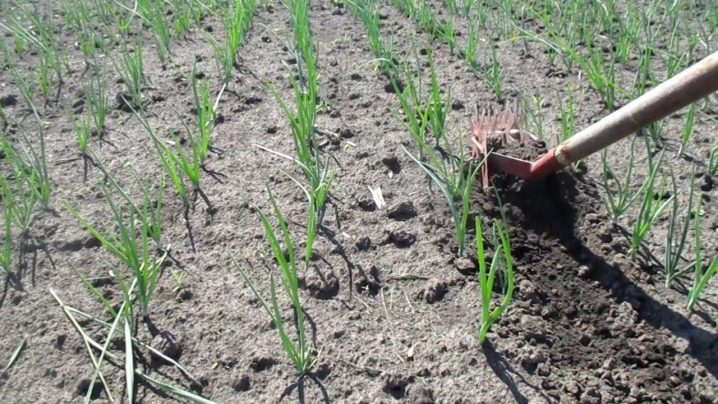
Thinning
Thinning is an important procedure in growing onions. No wonder it is called piped: feathers must have a place where they grow. As soon as the “needles” emerge, let them straighten out and start thinning.
Leave at least 1 cm (preferably 2 cm) between plants, pull out the rest of the sprouts. The same thinning is carried out under greenhouse conditions, if the seedlings are grown in elongated large containers, and the seeds were planted in furrows.
Further thinning occurs at the expense of harvesting. Where the batun grows too densely, more powerful bushes are pulled out by the roots.
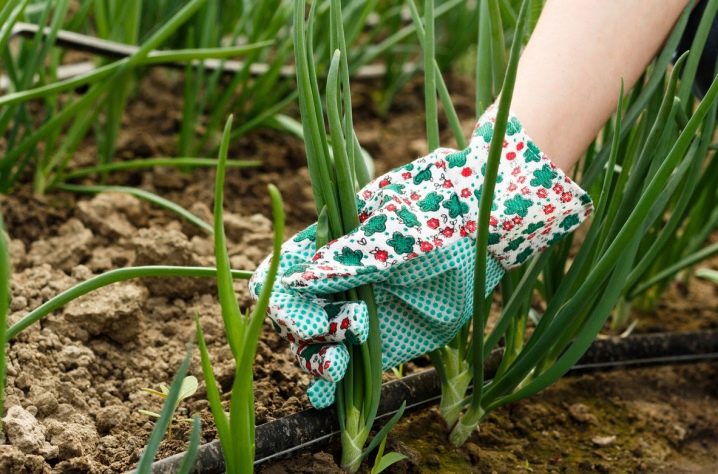
Trimming
Batun leaves can be cut a little at any age, but they are massively removed when they have reached at least 25 cm in length. If you let the growth of this onion take its course, you can make 2-3 pruning of foliage, and for the one that is being looked after, up to 5.
The maximum yield can be achieved only in 3-5 years of crop growth. You can cut the onion completely at a time, but experienced gardeners do not advise doing this. Still, it is better to leave some amount of young greenery for further growth – so it will be easier for the batun to recover after a mass harvest.
If you cut the feathers to the very frosts – also not very correct, the plant will enter the winter exhausted. And yes, you need to leave some foliage for overwintering. These feathers will die, they will have to be removed in the spring, but they will support the bow in the autumn-winter period.
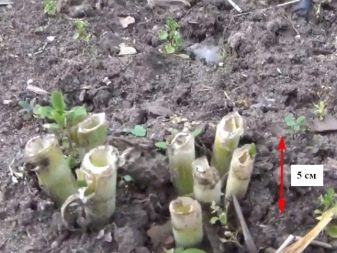

Additional fertilizing
The onion is fed immediately after the massive collection of foliage, that is, at least several times every six months, fertilizers must be applied to the plantations. In the first year, an infusion of mullein is made, diluted in a ratio of 1: 10 with water and watered.
When the fertilizer is absorbed, wood ash is added to the soil at the rate of 1 glass per square meter. In the second year, the same mullein infusion is used, only less concentrated (dilute with water at the rate of 1: 15), but the ash component is added more (without special restrictions – at the discretion of the owner).
On fertile soil, the onion will grow even without top dressing, as soon as it needs nutrients, it will show it with its appearance: it will start to turn yellow, slow down growth, and so on. In this case, for emergency assistance, simply dilute 1 tablespoon of urea in a bucket of water, and spill the beds.
Before and after any top dressing, the plantings are watered abundantly, just do not bring the soil to waterlogging.
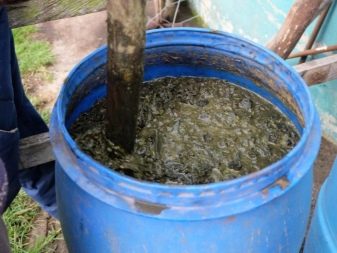
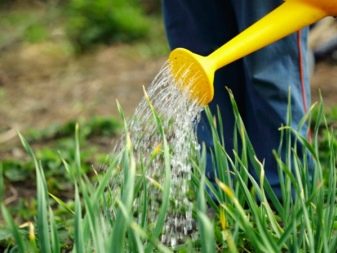
How to transplant to a new place?
The onion-batun is transplanted by dividing the bush. The period from July to September inclusive is suitable for this. It is necessary to dig a bush, cut the root system, divide it into several parts, so that each has 3 children. And then the standard procedure: planting, watering.
It is better to plant the bush in a new place with a tape. There must be a crumbly structure near the soil – so the onion will take better. To achieve the desired state, you can pre-introduce horse manure or rotted coniferous sawdust into the soil.
Diseases and pests
Onions can be attacked by pests, like other crops. He is susceptible to disease therefore, it is not necessary to neglect prevention and care rules, especially during the growing season. Keep the beds constantly clean, do not allow the growth of weeds and swamps when watering.
If you start the crops, they will certainly be amazed. The invasion of the onion fly is the most common occurrence, although other harmful insects that do not disdain the onion smell are not averse to feasting on this crop.
Of the diseases, the onion fungus most often affects. Periodic watering with “Fitosporin” will help prevent fungal infections in the beds. By the way, this drug also destroys onion fly larvae well. You can also use folk remedies.
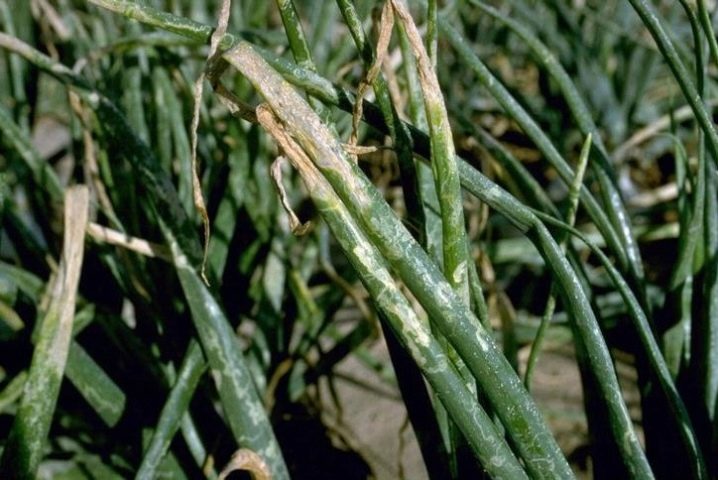
Harvesting and storage of crops
The onion grows for about 6 months, and almost throughout this period, greens can be harvested at intervals of 20-30 days (if we are talking about mass collection). However, a few feathers for salad can be torn at least daily.
If we are talking about the final harvest, then during the spring planting of a batun in mid-October, it is already possible to remove the onions. And if you planted it in the summer, then the crop will have to be harvested only by spring. It is very important to cut the leaves correctly: it is recommended to do this with a well-sharpened object from the bottom up.
It is important not to damage the stem, the cut is made at the base of the leaf. If you want to remove more “fleshy” greens, water the plantation the evening before harvesting, then the leaves will absorb moisture and become more elastic and juicy.
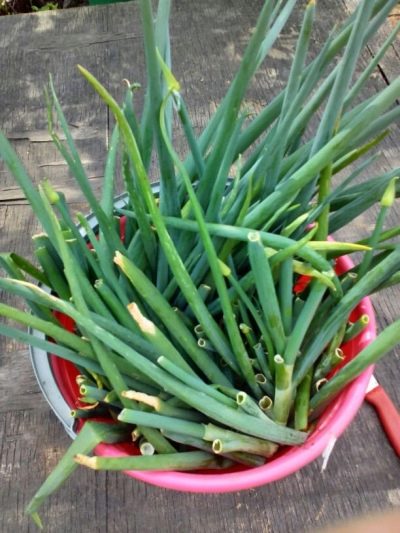
All foliage is usually cut off when the length of the feathers reaches at least 25-30 cm. If the goal is not to leave flower arrows, then it is better to break them out as soon as they begin to appear. Onion greens are well stored in bundles in the refrigerator.
You can use plastic bags for storage, but they do not need to be tightly closed. The greens will lie like this for a week, but if you chop and freeze it, then you will always have green onion feathers for pies.

